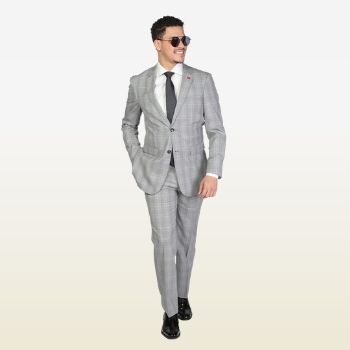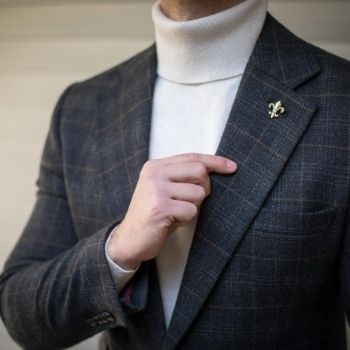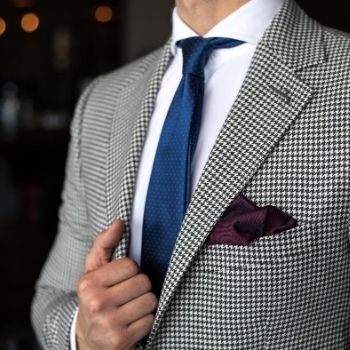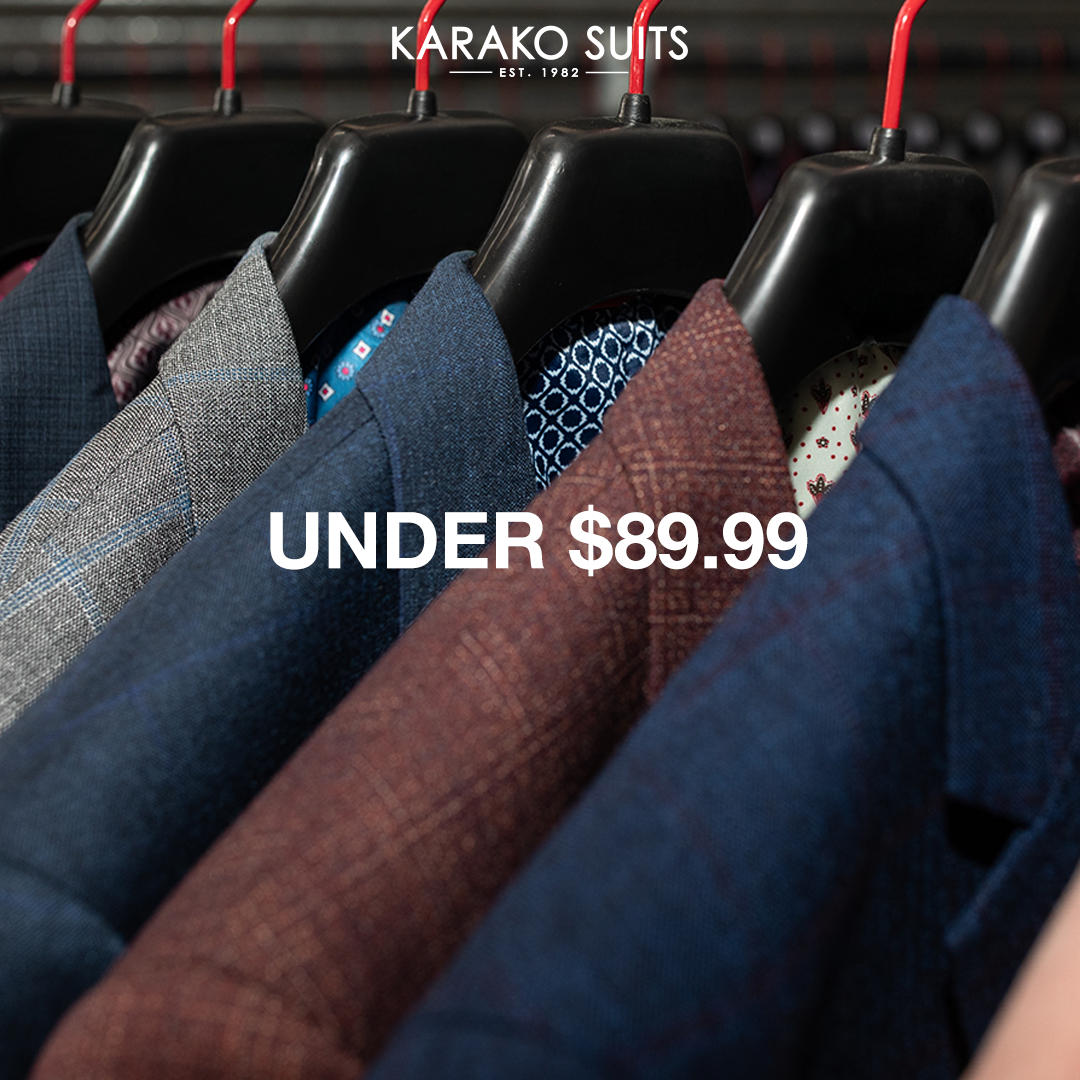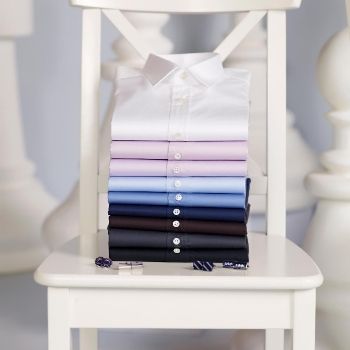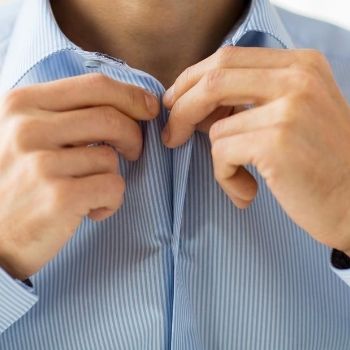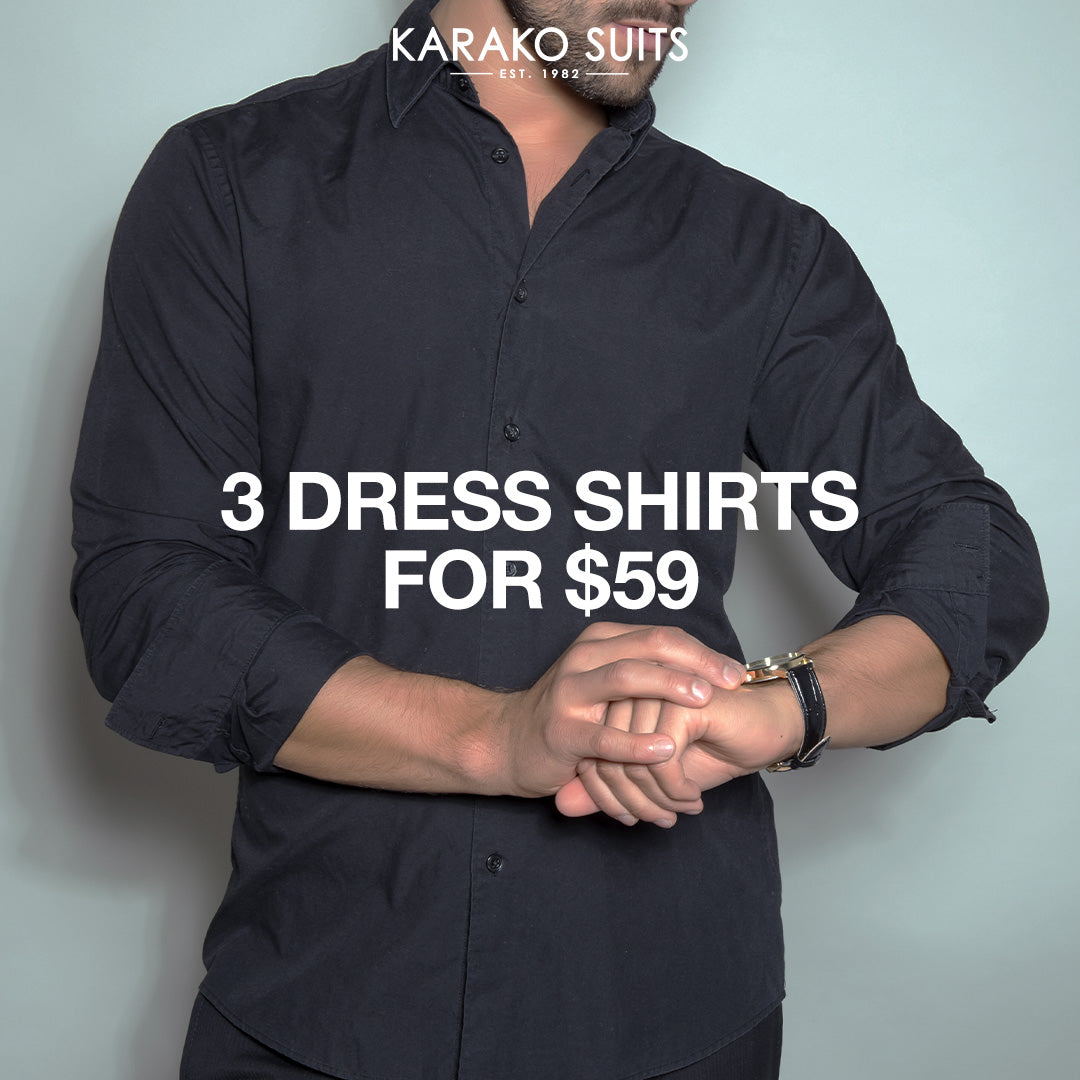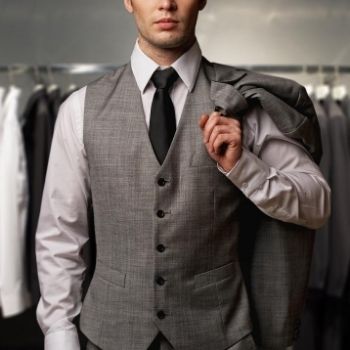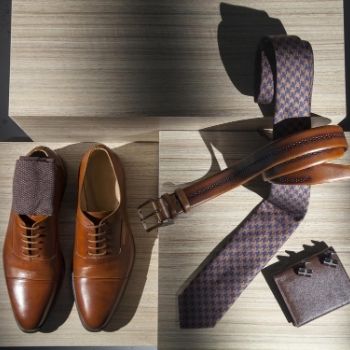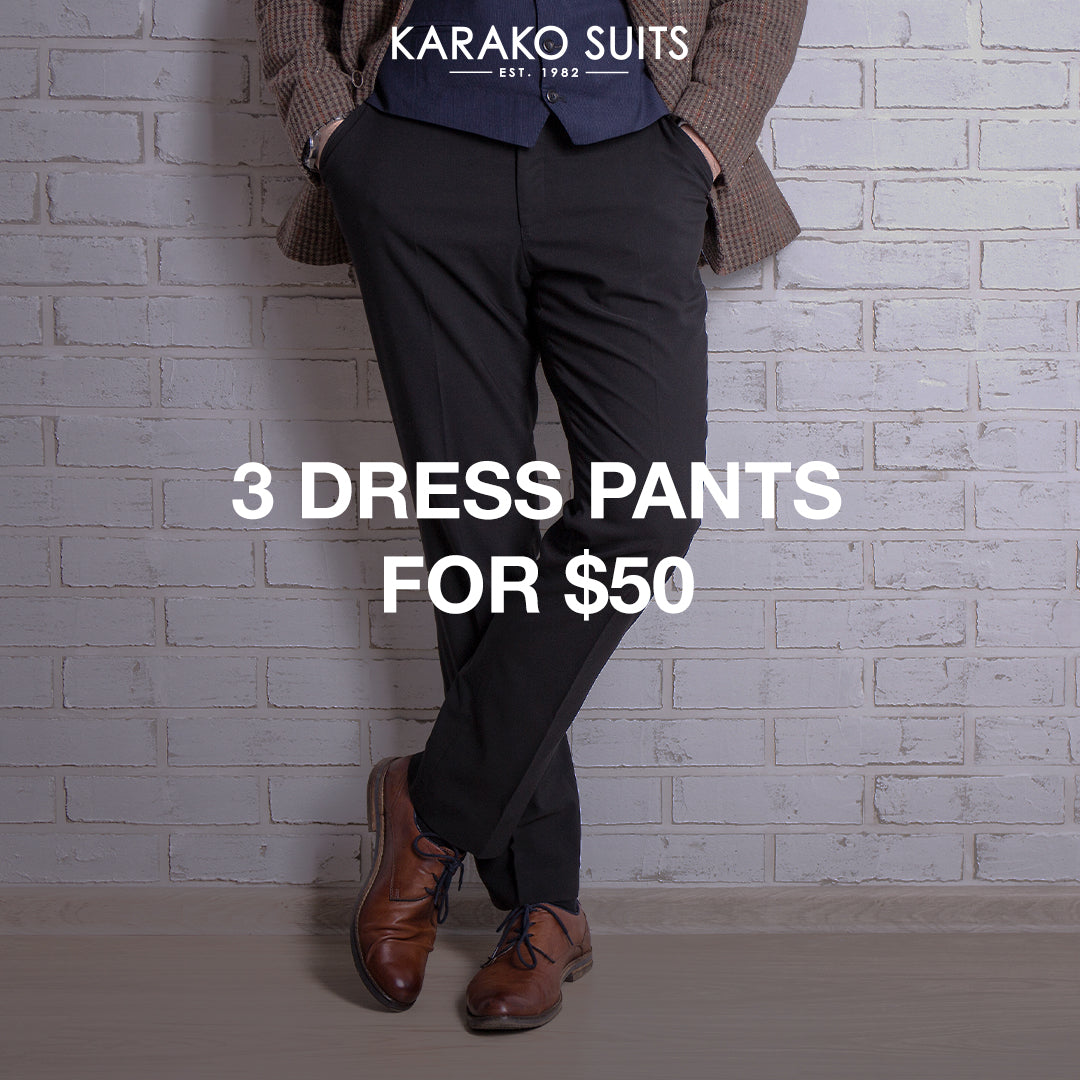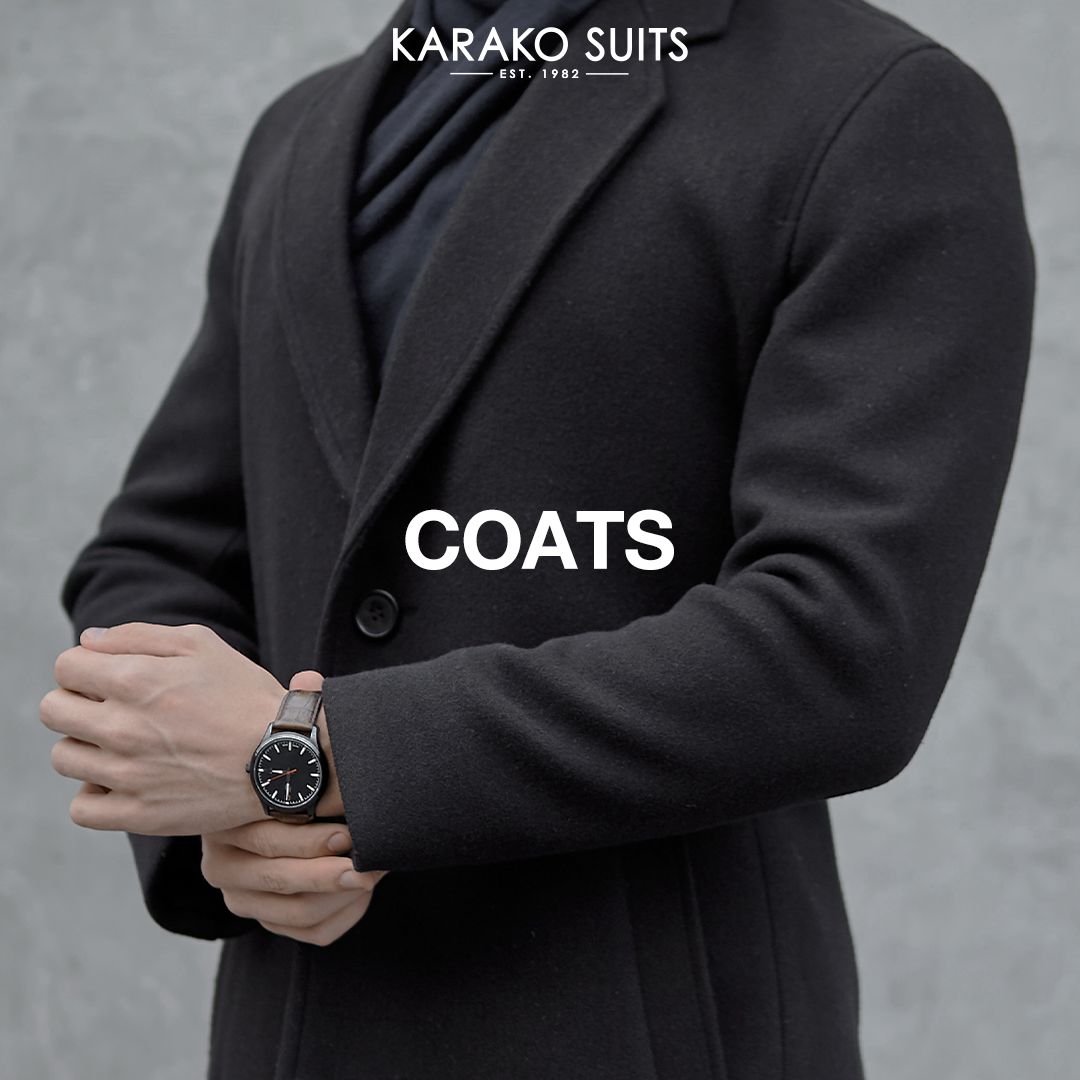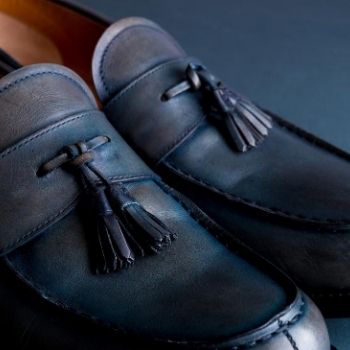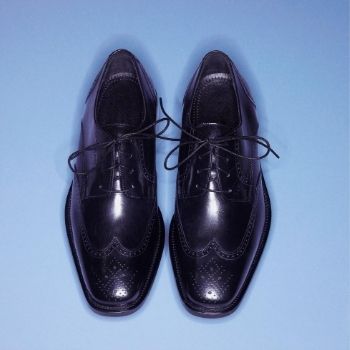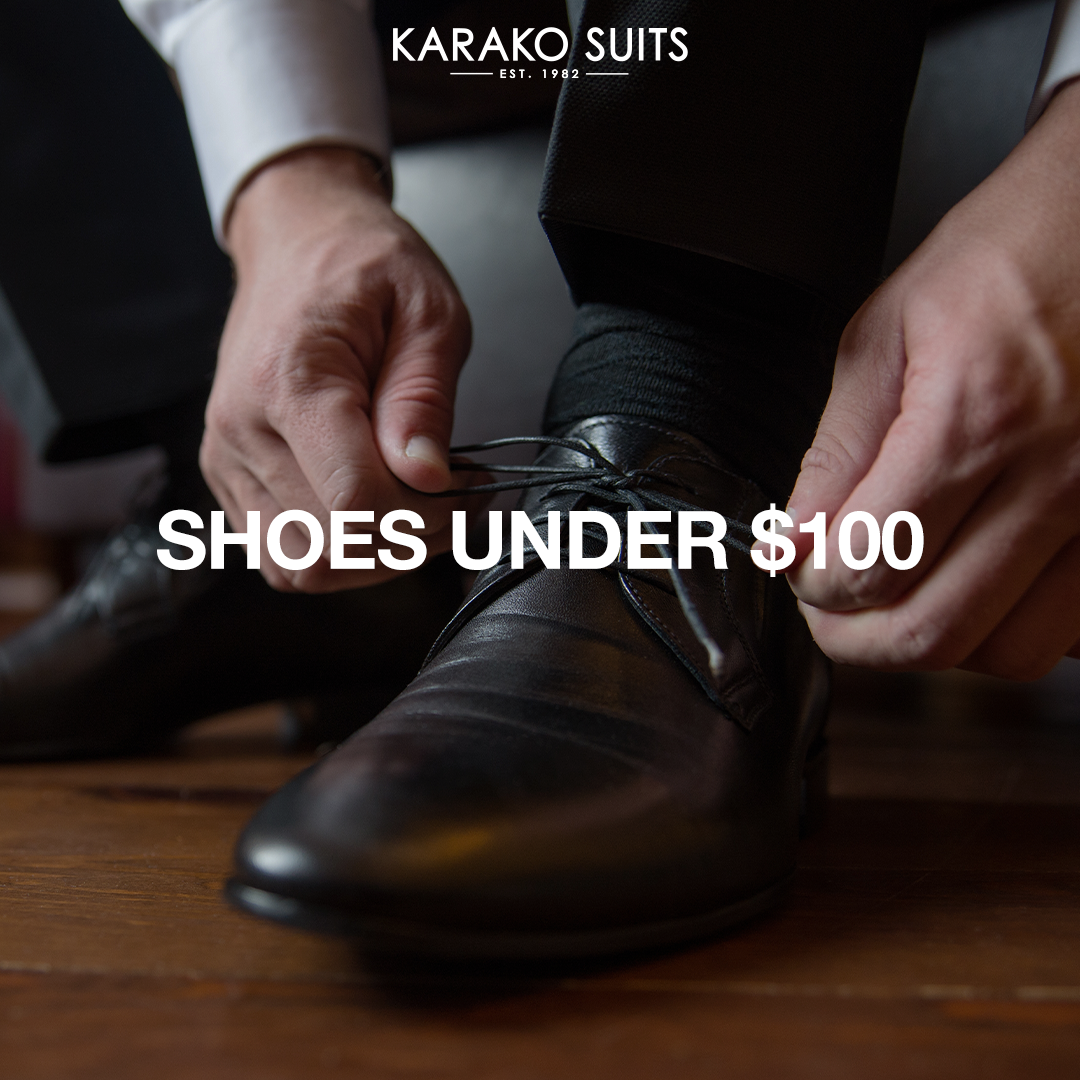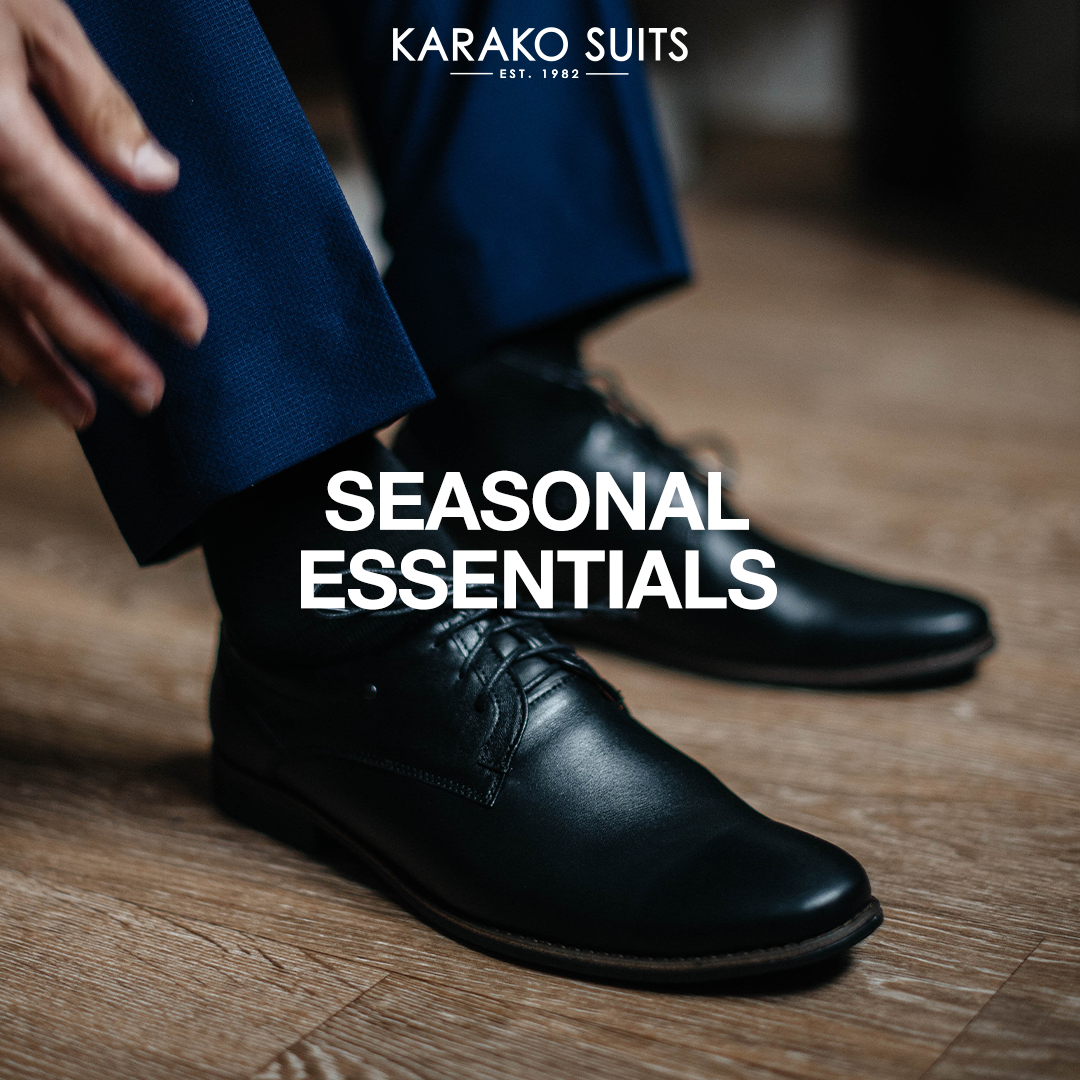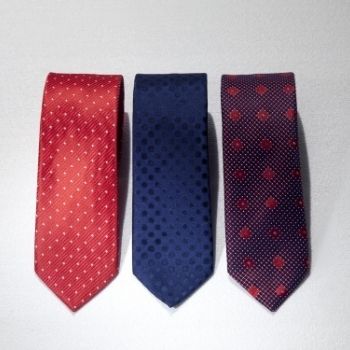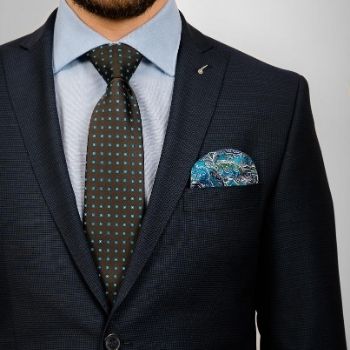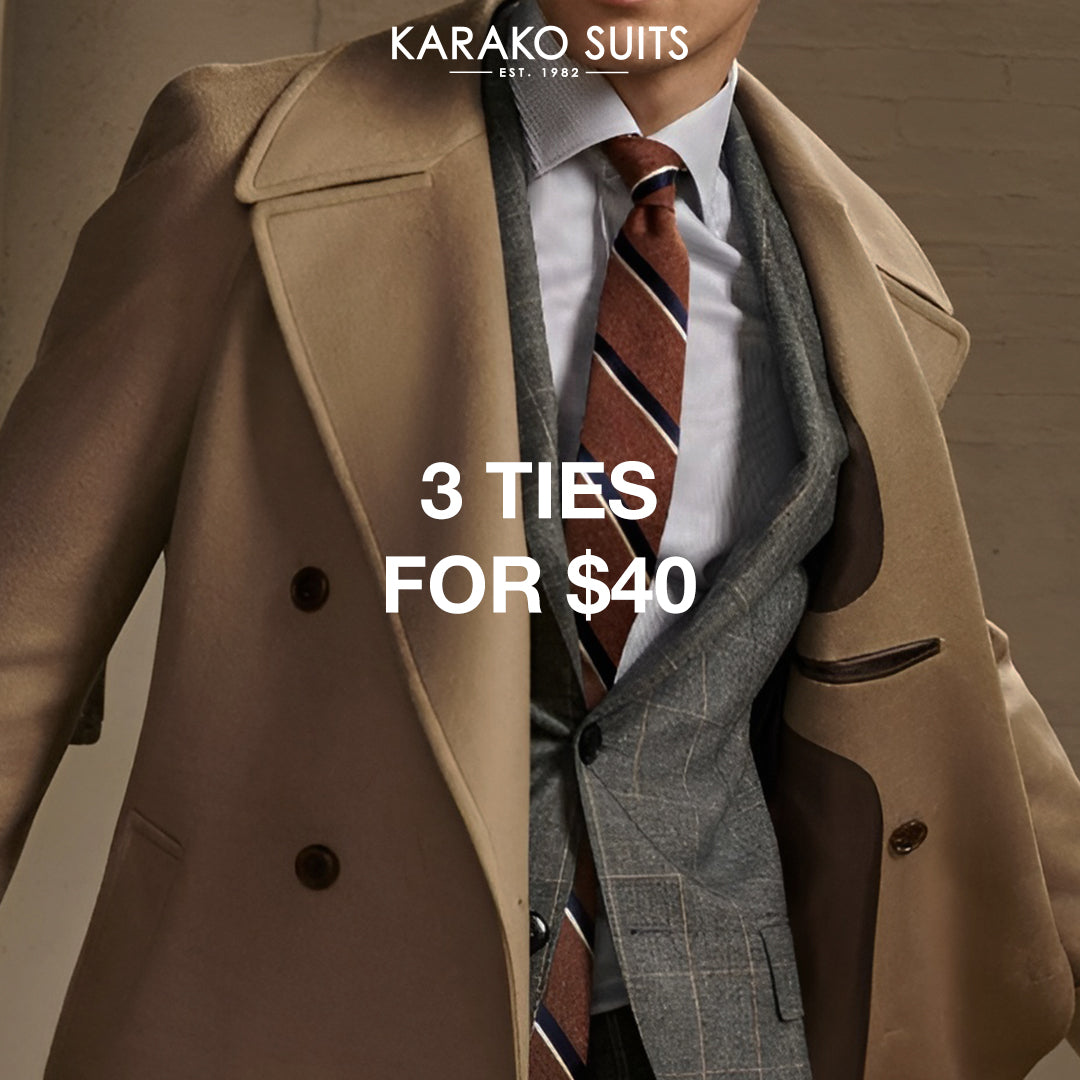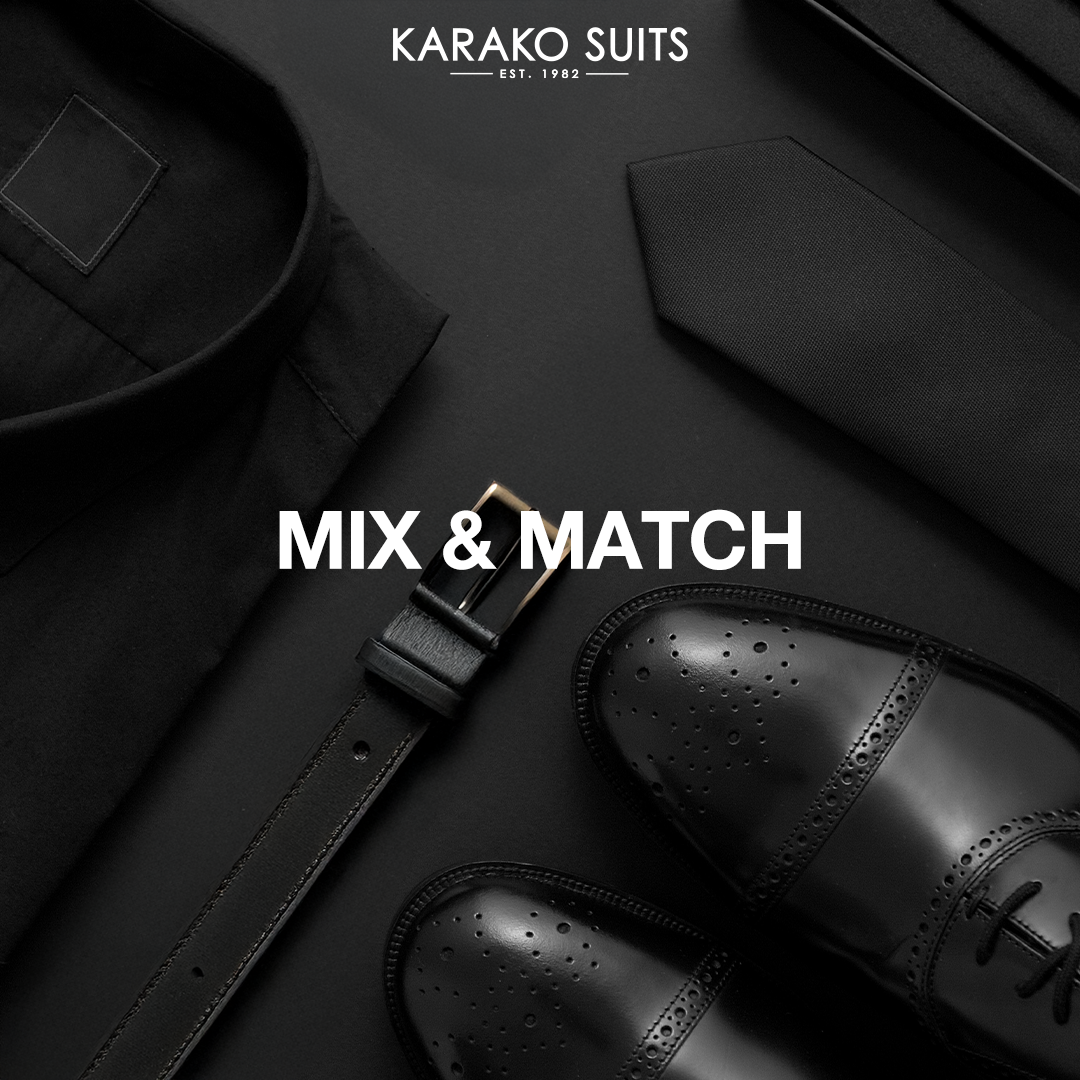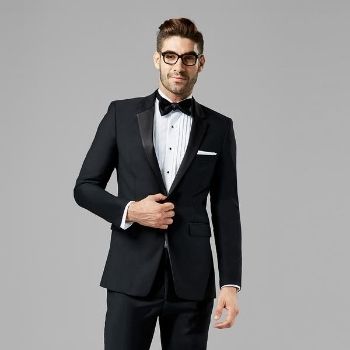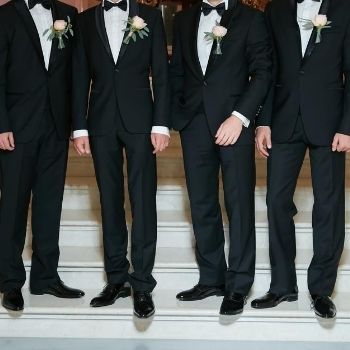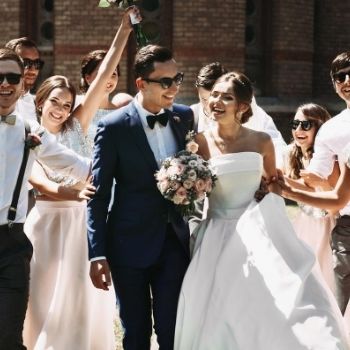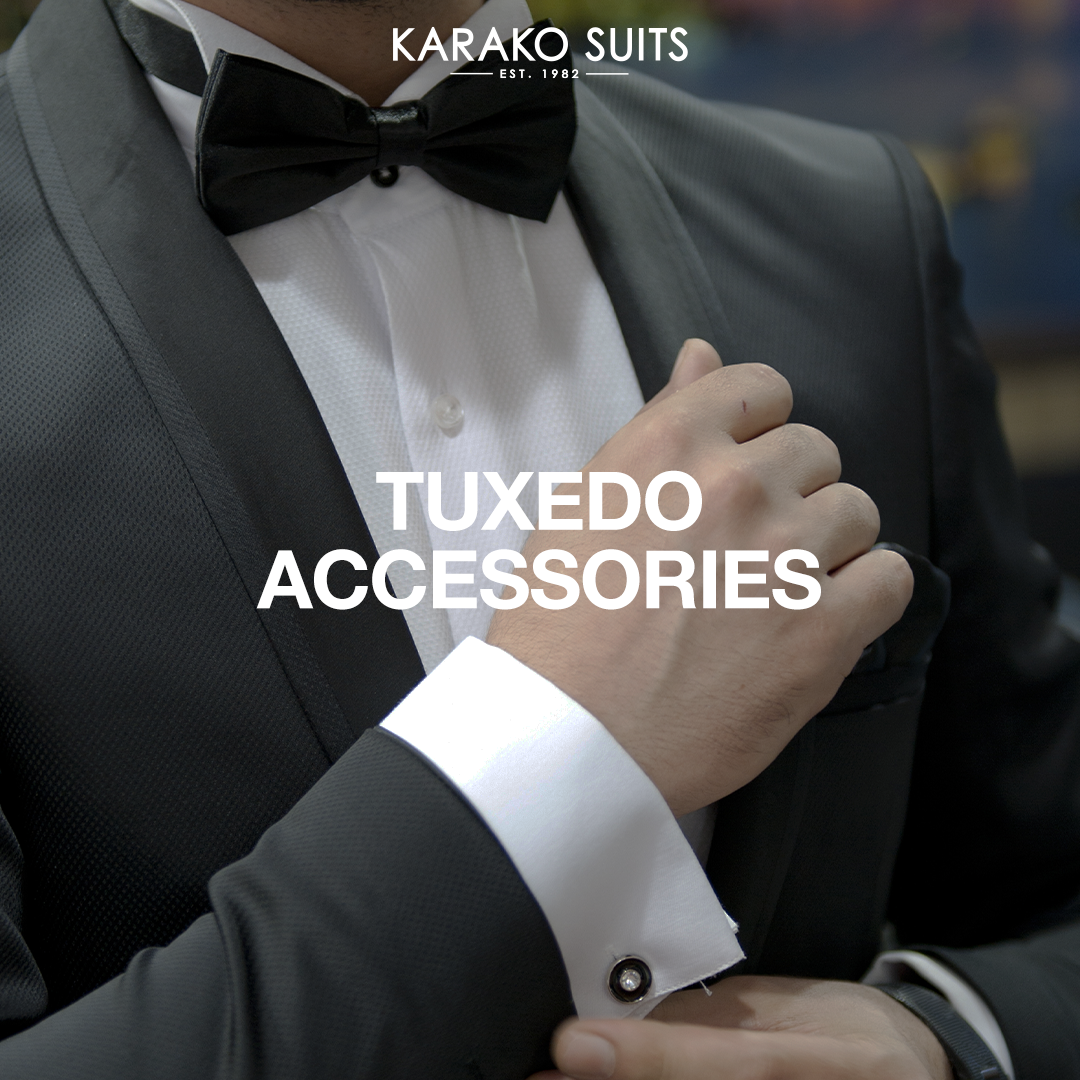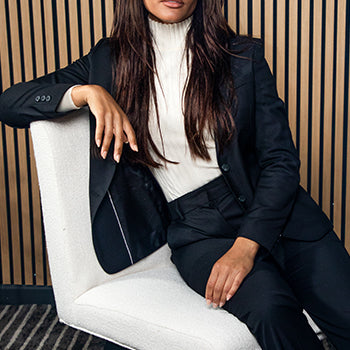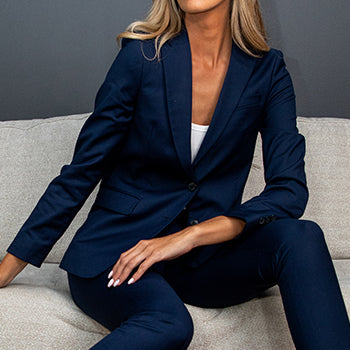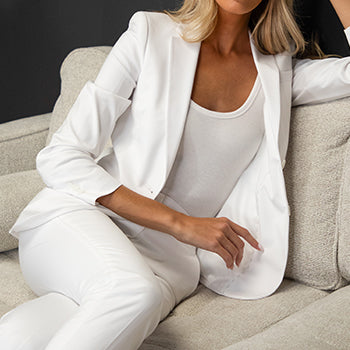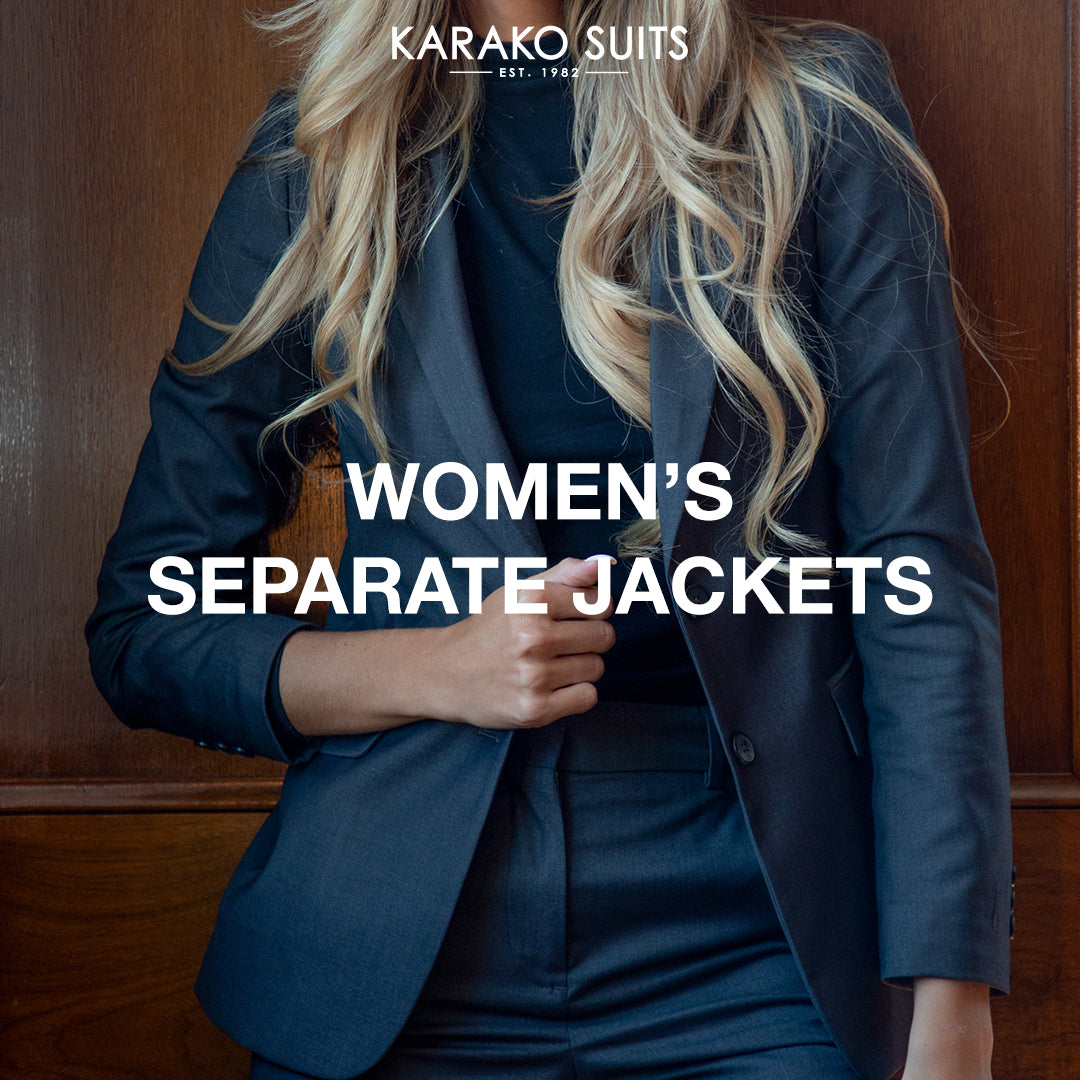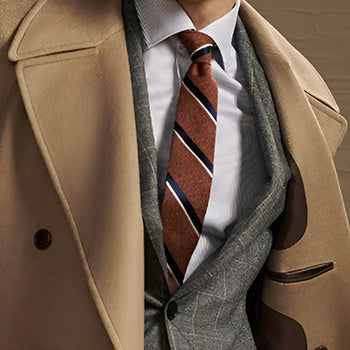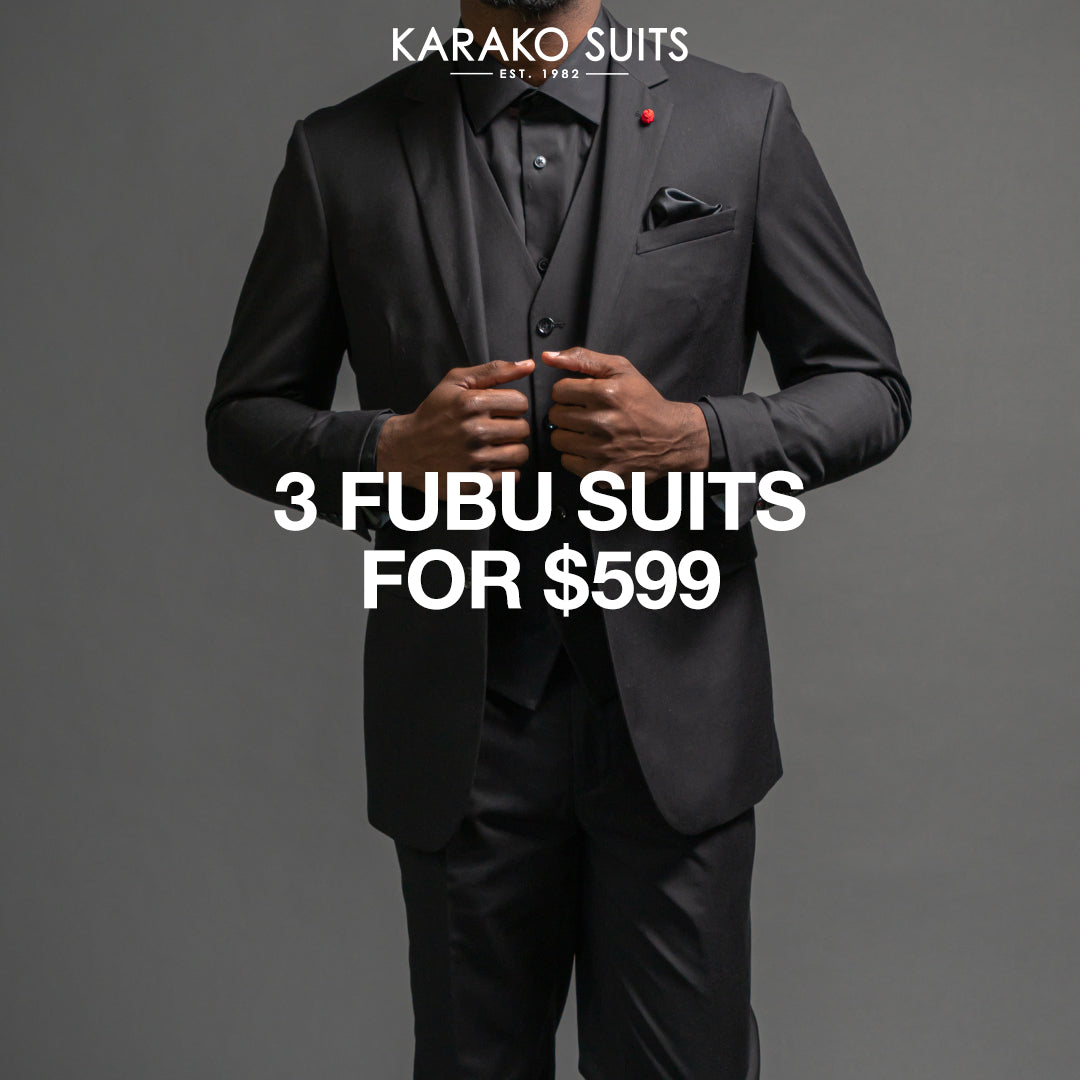How to Wear a Menswear Vest: The Ultimate Guide
The vest, or waistcoat, is one of the most versatile pieces in a man's wardrobe. It’s the essential element that distinguishes a two-piece suit from a classic three-piece and the piece that allows you to look polished even after removing your jacket. However, wearing a vest correctly requires attention to fit, style, and proportion.
At Karako Suits, we know the waistcoat is a subtle but powerful statement of sophistication. Here is your definitive guide to mastering the menswear vest.
Rule One: The Imperative of Fit
Unlike a jacket, a vest must fit impeccably right off the rack or after minor tailoring, as it is designed to be worn close to the body.
The Length
The vest must be long enough to cover your shirt entirely and slightly overlap the waistband of your trousers. The cardinal sin of vest wear is showing a sliver of shirt between the vest and the trousers. This looks sloppy and breaks the vertical line of your torso.
The Shoulders and Chest
The shoulder openings should lie flat against your chest and should not bunch up. The vest should be snug but never tight; you should be able to button it comfortably without straining the fabric. It should smooth out the torso without any wrinkling or gaping.
The Golden Rule: Always Leave the Bottom Button Undone
This tradition dates back to King Edward VII and is a non-negotiable rule of menswear. When wearing a waistcoat, never button the very last button. Leaving it undone allows the vest to drape properly, preventing wrinkles when you sit down, and ensuring a smoother fit around the hips.
Rule Two: Wearing the Vest with a Suit
The most traditional and seamless way to wear a vest is as part of a three-piece suit.
-
Match the Fabric: The vest should be cut from the exact same fabric as your jacket and trousers for a unified, formal look.
-
Lapels: While most modern vests are collarless, a vest with notch lapels adds a subtle layer of formality and visual interest, especially for weddings or formal events.
-
The Tie: The vest highlights your tie knot. Ensure your tie is snug and your knot (like a simple four-in-hand or a half-Windsor) is neat. Since the vest conceals most of the tie, the focus shifts entirely to the knot and the clean V-shape it creates.
Rule Three: Going Vest-Only (Separates)
The vest is increasingly worn as a standalone piece in business-casual or smart-casual settings, adding structure without the formality of a jacket.
-
Fabric Choice: When wearing separates, choose vests in fabrics or patterns that provide texture and contrast with your trousers. Tweed, linen, or a bold plaid vest paired with solid chinos or dark denim creates a stylish, intentional look.
-
Color Contrast: A gray wool vest looks excellent over dark blue trousers. A navy vest pairs well with light gray or khaki chinos. The contrast is what makes the outfit look purposeful rather than just an incomplete suit.
-
Layering: The vest is an ideal layering piece. Wear it over a crisp dress shirt (with the sleeves rolled up for a relaxed look) or even over a fine-gauge sweater in cooler weather.
Rule Four: The Back of the Vest
The back of a traditional vest is usually made from lining fabric (like satin or silk). This is done for two reasons: to reduce bulk when worn under a jacket and to allow the vest to slide smoothly against the shirt.
-
Adjustability: This lining fabric includes an adjustable strap or buckle on the back. Use this to slightly tighten the vest for a perfect fit, ensuring the front fabric remains smooth and taut.
-
Concealment: If you plan on wearing the vest without a jacket frequently, consider a custom vest made with the same suit fabric on the back. This provides a more finished, formal look when viewed from behind.
Mastering the vest instantly elevates your style, providing a sophisticated layer that maintains professionalism whether you’re seated in the boardroom or attending a social event.



